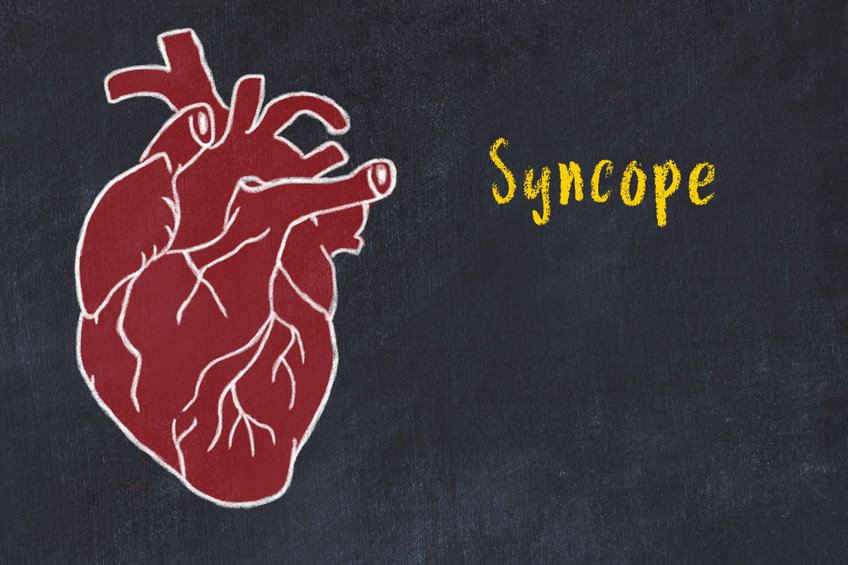Fainting is always concerning and can happen for many reasons. Learn about the most common type of fainting, vasovagal syncope, and what causes it.
Vasovagal Syncope
Syncope is the medical term for passing out or fainting. Fainting is a relatively common experience. Around 3-3.5% of people experience fainting at some point in their life. It can happen at any age, to any person.
Vasovagal syncope is the most common type of fainting. This type of fainting comes from a sudden dip in your heart rate and blood pressure that’s caused by certain triggers (listed below). These dips make it harder for blood to reach your brain, which is what causes you to pass out. Most fainting episodes last less than one minute. But, if you try to get up too soon after fainting, you may faint again because there isn’t yet enough blood flowing to your brain. Lying down and elevating your legs can help you recover.
Vasovagal syncope isn’t harmful in and of itself, but you can certainly get injured if you faint unexpectedly. Of course, even if you don’t get injured, fainting can be a nerve-wracking experience.
Non-vasovagal syncope may be due to other medical concerns, like cardiac or neurological disease. So, it’s important to get medical attention after a fainting episode to get an accurate diagnosis and determine what’s causing it. If you have vasovagal syncope, read on to understand more and learn how cognitive behavioral therapy (CBT) might be helpful for you.
What Causes Vasovagal Syncope?
The dip in heart rate and blood pressure in vasovagal syncope comes from involuntary changes in your blood vessels (vascular system: vaso-) and autonomic nervous system (specifically, the vagus nerve: -vagal), one of the main nerves in the human body.
Vasovagal syncope has several common triggers:
- Anxiety or fear
- Other intense emotions
- Seeing or encountering blood, needles, or medical injuries
- This can be a sign of blood-injection-injury phobia
- Physical pain
- Dehydration
- Substance use
- Medication side effects
- Straining related to defecation, intense coughing
- Urination
Cognitive-behavioral therapy can help reduce vasovagal syncope when due to any of the first three triggers listed above. The remaining syncope triggers are better with medical treatments or lifestyle changes.
RELATED: Can Anxiety Cause Dizziness?
How Can Cognitive-Behavioral Therapy Help?
Cognitive-behavioral therapy (CBT) has many proven tools to treat anxiety as well as emotional and mood difficulties.
Exposure therapy, a form of CBT, is a highly effective treatment for reducing anxiety and fear. Working with a CBT therapist, you practice “exposing” yourself to the things that trigger your vasovagal syncope, while practicing other skills that prevent you from fainting.

An important part of this treatment is identifying your fainting triggers and learning to more readily notice the unique sensations in your body that happen before you faint. These vary from person to person and can include “tunnel vision” or a sense of your vision narrowing, lightheadedness or dizziness, and cold sweats or hot flashes.
Applied tension is another proven technique that helps you artificially raise your blood pressure. This can help you stop a fainting episode from happening when you are triggered or notice signs that a fainting episode may be about to happen.
When used together, these CBT techniques can reduce the frequency of vasovagal syncope, and the anxiety around fainting. If you think CBT therapy might be helpful for your fainting problems, please contact us.









